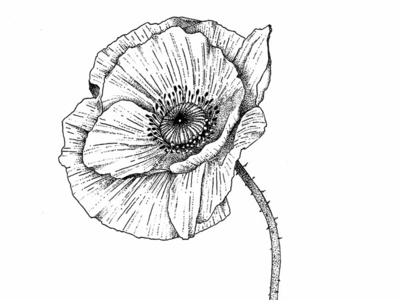
Women are the archetypal anchors for the power of the Feminine, and when we reclaim our feminine power – by restoring our ways and practices – we integrate the power of the Feminine into our lives and back onto the planet.
– Wild Power

“To celebrate women’s mysteries is to reclaim and to make sacred our journey through the five blood mysteries of womanhood: our birth, menarche, giving birth, menopause, and death.¹⁸ Although the blood Mysteries are natural, physiological occurrences, these passages have been ignored, discounted, and shamed by a cultural denial of women’s uterine blood and by oppressive, male- dominated religions. Many women do not even realize that we are being robbed of the opportunity for profound spiritual connection. Under patriarchy, women are not permitted to live our womb-cycles consciously. We are forced by culture, religion, and economics to adopt an artificial structure for our lives; limiting and denying how we experience menstruation, pregnancy, birth, and menopause physically, emotionally, and psychically. In our patriarchal culture, the natural cycles of womb blood are defined as unclean, polluting, and shameful, if they are recognized at all.”
– Ruth Barrett, Women’s Rites, Women’s Mysteries
